Fang Huang
Chongqing Jinshan Science & Technology
YanTian: An Application Platform for AI Global Weather Forecasting Models
Oct 06, 2024



Abstract:To promote the practical application of AI Global Weather Forecasting Models (AIGWFM), we have developed an adaptable application platform named 'YanTian'. This platform enhances existing open-source AIGWFM with a suite of capability-enhancing modules and is constructed by a "loosely coupled" plug-in architecture. The goal of 'YanTian' is to address the limitations of current open-source AIGWFM in operational application, including improving local forecast accuracy, providing spatial high-resolution forecasts, increasing density of forecast intervals, and generating diverse products with the provision of AIGC capabilities. 'YianTian' also provides a simple, visualized user interface, allowing meteorologists easily access both basic and extended capabilities of the platform by simply configuring the platform UI. Users do not need to possess the complex artificial intelligence knowledge and the coding techniques. Additionally, 'YianTian' can be deployed on a PC with GPUs. We hope 'YianTian' can facilitate the operational widespread adoption of AIGWFMs.
Meteorological Satellite Images Prediction Based on Deep Multi-scales Extrapolation Fusion
Sep 19, 2022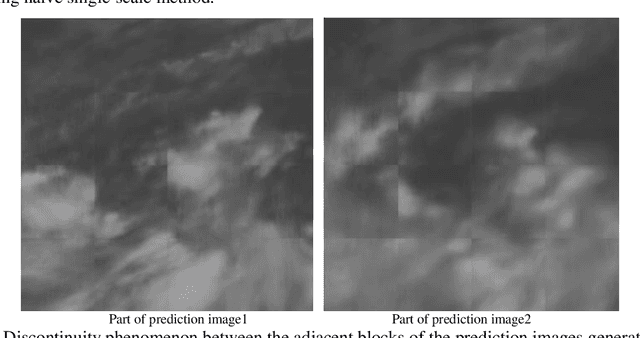



Abstract:Meteorological satellite imagery is critical for meteorologists. The data have played an important role in monitoring and analyzing weather and climate changes. However, satellite imagery is a kind of observation data and exists a significant time delay when transmitting the data back to Earth. It is important to make accurate predictions for meteorological satellite images, especially the nowcasting prediction up to 2 hours ahead. In recent years, there has been growing interest in the research of nowcasting prediction applications of weather radar images based on deep learning. Compared to the weather radar images prediction problem, the main challenge for meteorological satellite images prediction is the large-scale observation areas and therefore the large sizes of the observation products. Here we present a deep multi-scales extrapolation fusion method, to address the challenge of the meteorological satellite images nowcasting prediction. First, we downsample the original satellite images dataset with large size to several images datasets with smaller resolutions, then we use a deep spatiotemporal sequences prediction method to generate the multi-scales prediction images with different resolutions separately. Second, we fuse the multi-scales prediction results to the targeting prediction images with the original size by a conditional generative adversarial network. The experiments based on the FY-4A meteorological satellite data show that the proposed method can generate realistic prediction images that effectively capture the evolutions of the weather systems in detail. We believe that the general idea of this work can be potentially applied to other spatiotemporal sequence prediction tasks with a large size.
Application of Structural Similarity Analysis of Visually Salient Areas and Hierarchical Clustering in the Screening of Similar Wireless Capsule Endoscopic Images
Apr 01, 2020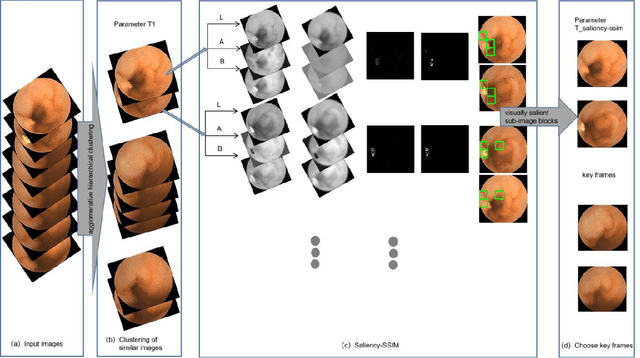
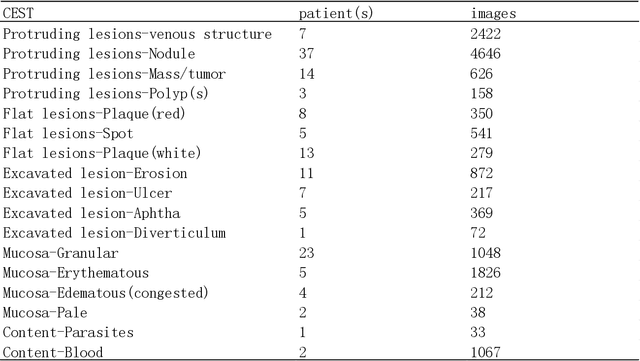
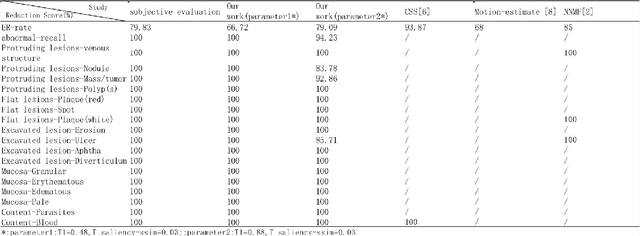
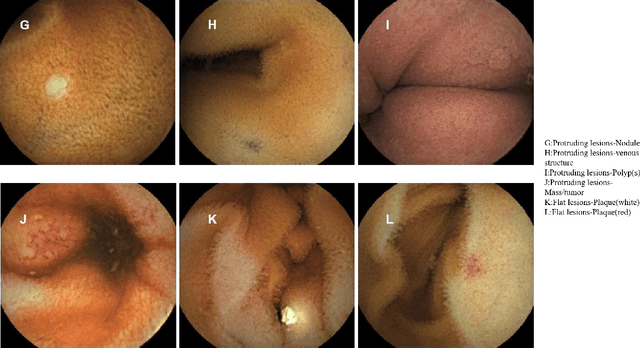
Abstract:Small intestinal capsule endoscopy is the mainstream method for inspecting small intestinal lesions,but a single small intestinal capsule endoscopy will produce 60,000 - 120,000 images, the majority of which are similar and have no diagnostic value. It takes 2 - 3 hours for doctors to identify lesions from these images. This is time-consuming and increase the probability of misdiagnosis and missed diagnosis since doctors are likely to experience visual fatigue while focusing on a large number of similar images for an extended period of time.In order to solve these problems, we proposed a similar wireless capsule endoscope (WCE) image screening method based on structural similarity analysis and the hierarchical clustering of visually salient sub-image blocks. The similarity clustering of images was automatically identified by hierarchical clustering based on the hue,saturation,value (HSV) spatial color characteristics of the images,and the keyframe images were extracted based on the structural similarity of the visually salient sub-image blocks, in order to accurately identify and screen out similar small intestinal capsule endoscopic images. Subsequently, the proposed method was applied to the capsule endoscope imaging workstation. After screening out similar images in the complete data gathered by the Type I OMOM Small Intestinal Capsule Endoscope from 52 cases covering 17 common types of small intestinal lesions, we obtained a lesion recall of 100% and an average similar image reduction ratio of 76%. With similar images screened out, the average play time of the OMOM image workstation was 18 minutes, which greatly reduced the time spent by doctors viewing the images.
 Add to Chrome
Add to Chrome Add to Firefox
Add to Firefox Add to Edge
Add to Edge